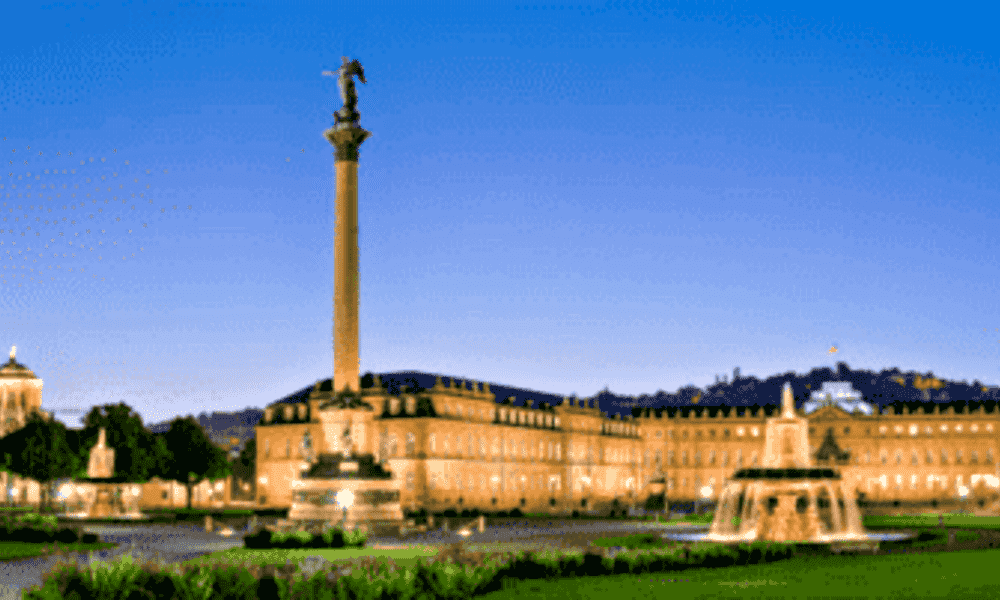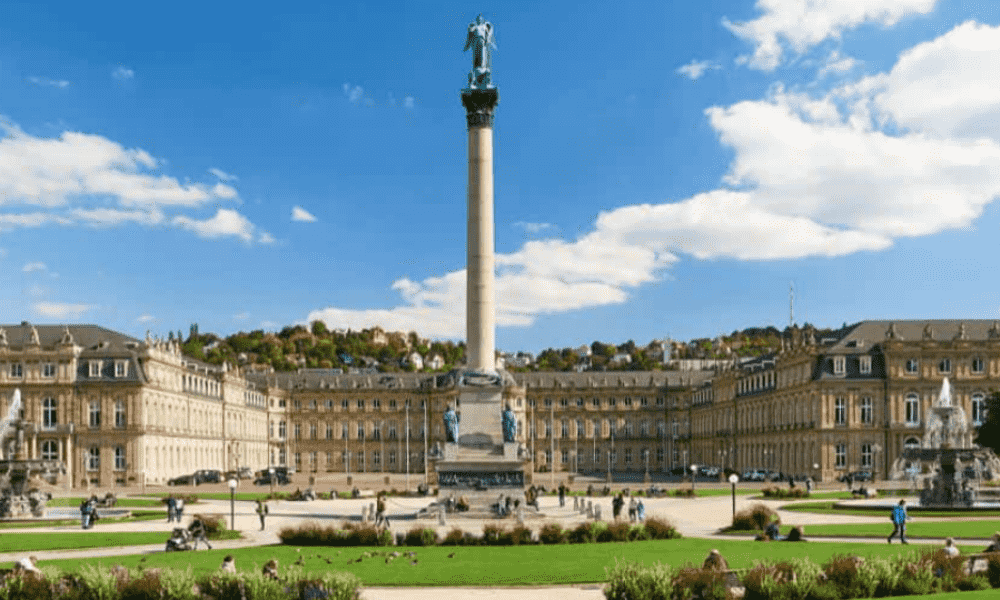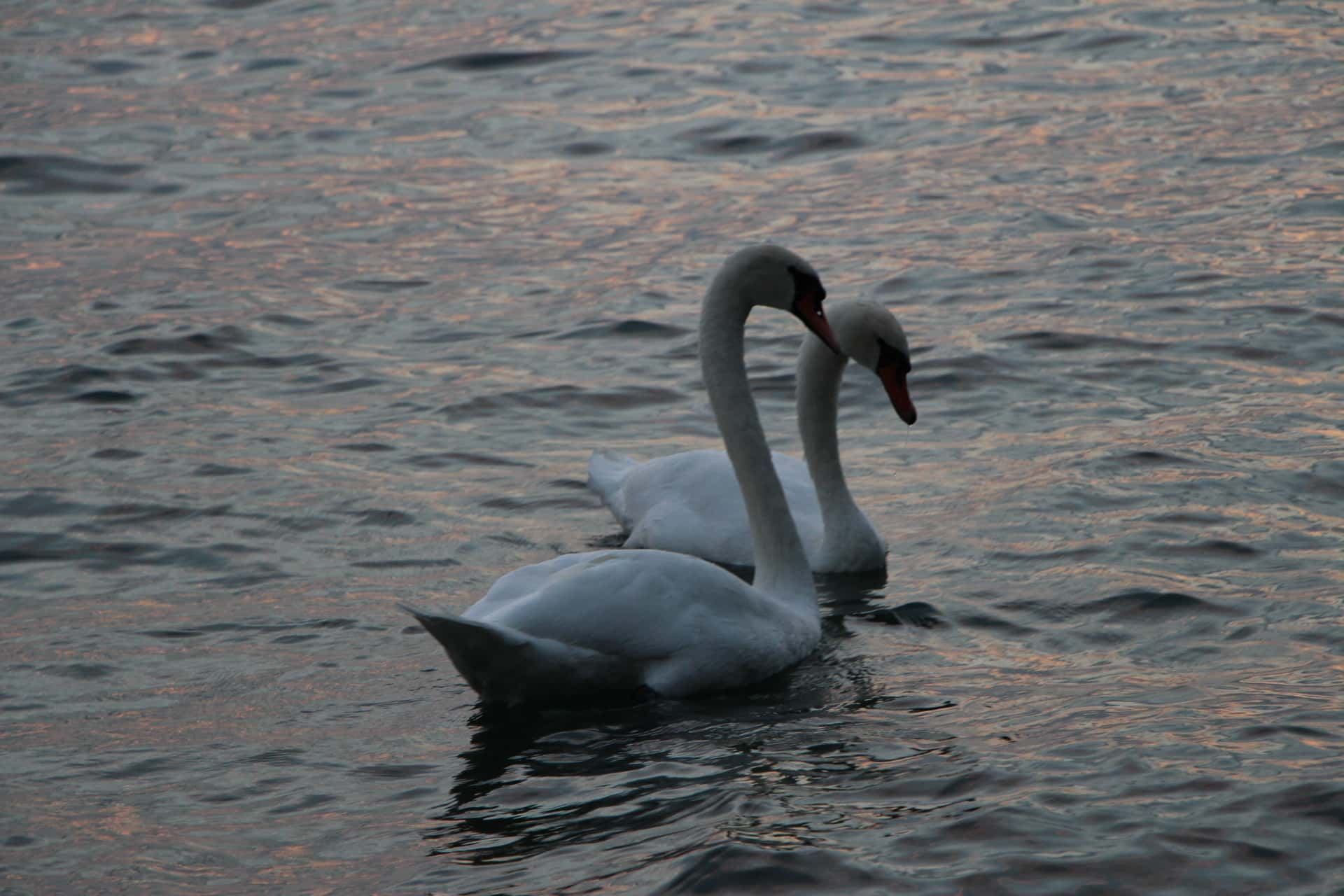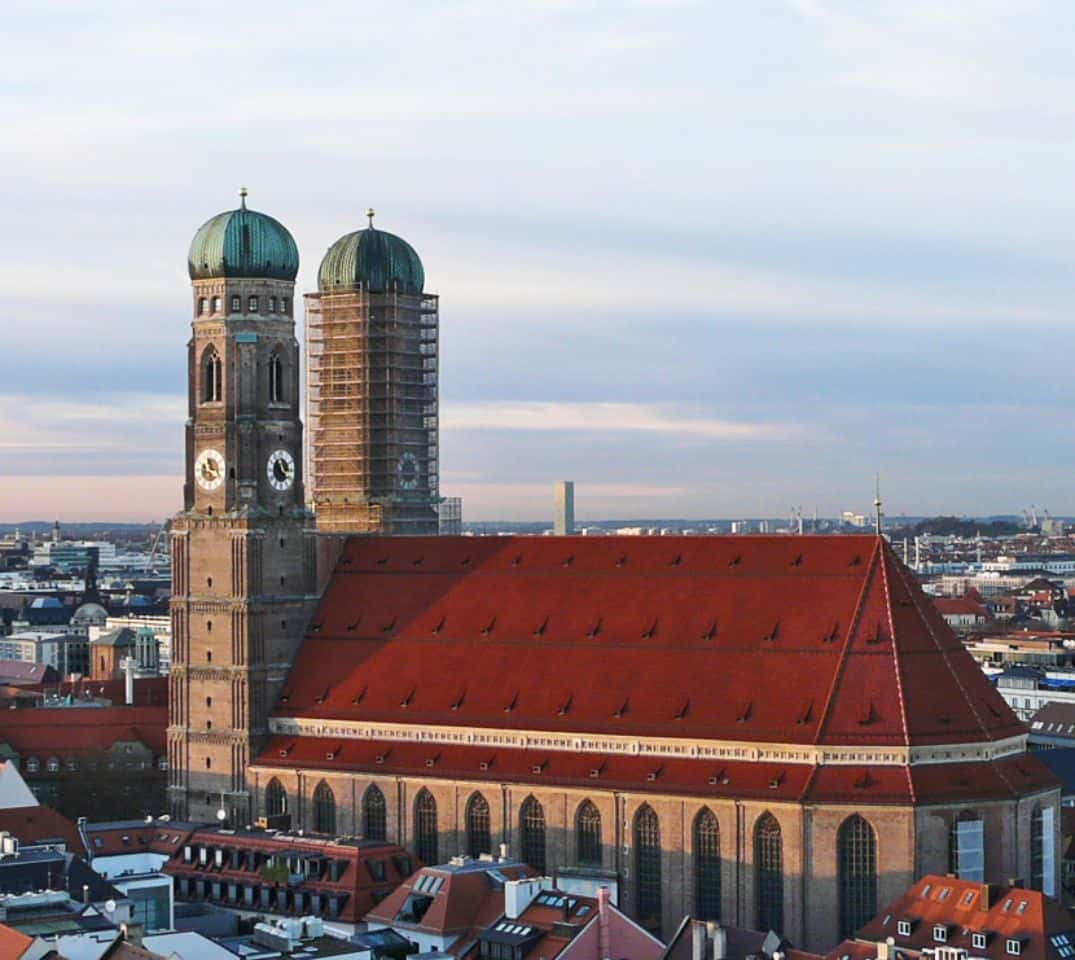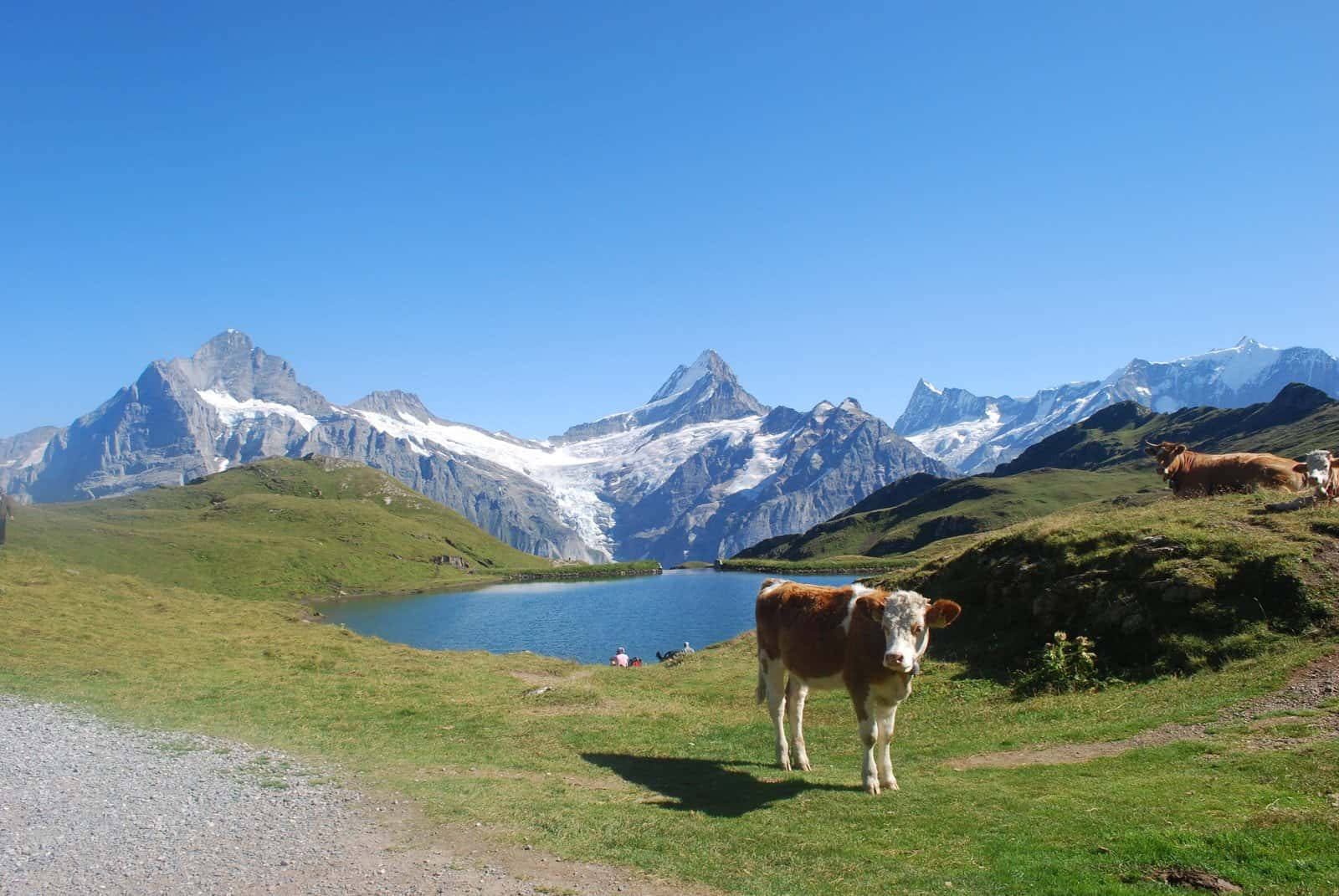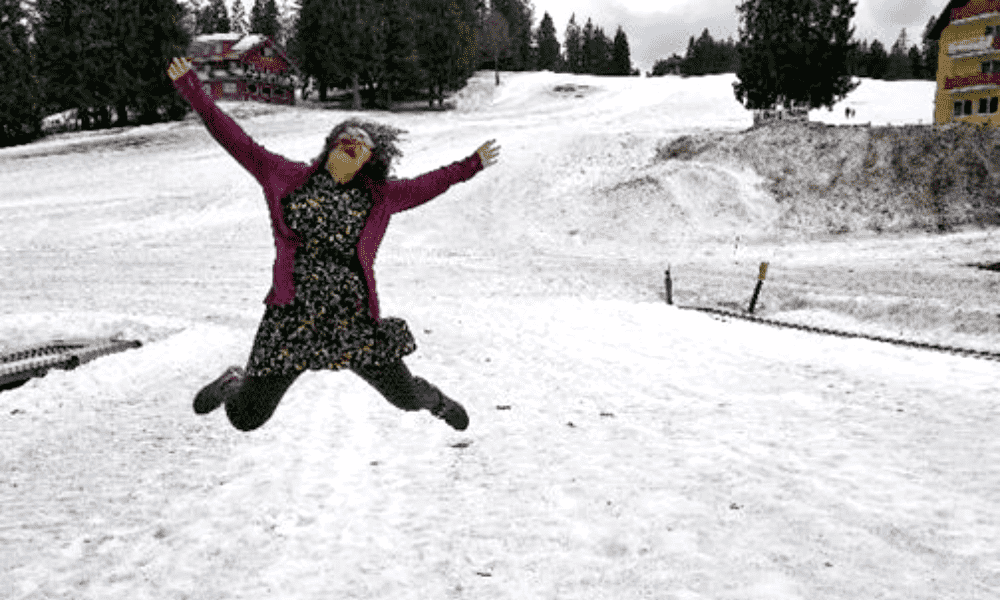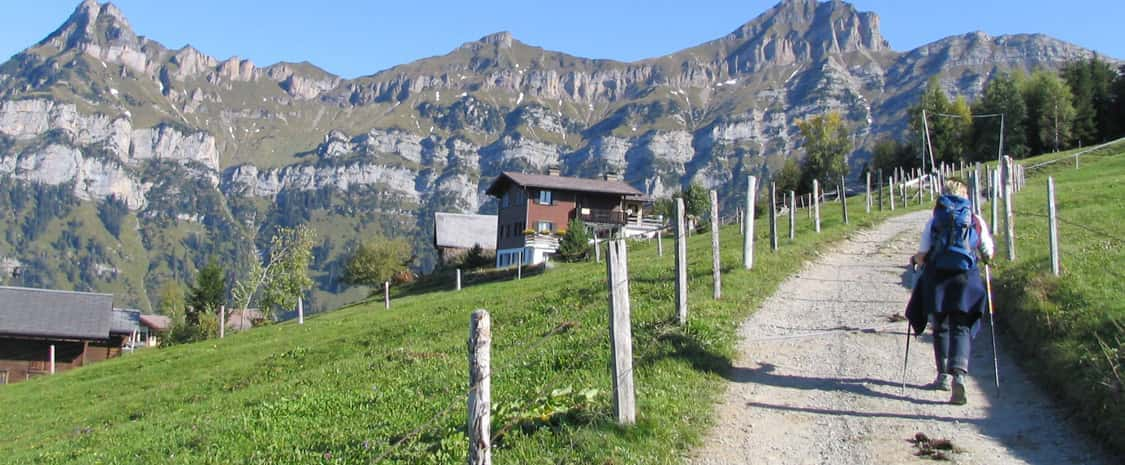Stuttgart is situated in a valley surrounded by vineyards. This capital of Baden-Württemberg will charm you with its impressive history, unique architecture, and bustling downtown.
Hauptbahnhof (Main Railway Station)
Easily recognizable by gigantic rotating Mercedes logo - it was built between 1914 and 1927. For a panoramic view of Stuttgart visit the Aussichtsplattform, a viewing platform 10 stories high in the railway station.
Staatstheater Stuttgart (State Opera Stuttgart)
The State Opera Stuttgart is home to the world famous Stuttgart Ballet Company - producing over 40 productions a year and has a repertoire of more than 100 works. It was built between 1909 and 1912 and has won the “Opera House of the Year” award six times .
Neues Schloss (New Castle)
The New Castle was built for Duke Carl Eugen von Wuerttemberg and was the largest baroque residence castle in Germany. The main building was built between 1745 and 1751 and finally completed in 1775. The castle was destroyed in World War II and was restored between 1958. The three winged residence castle was strongly influenced by contemporary French architecture as typical of its time.
Schlossplatz (Palace Square)
Palace Square was transformed into a garden in 1860. Notice a rather tall column in the center of the Square - erected in honor of King Wilhelm in 1863, and the 5 meter high statue on the column of Concordia, the goddess of harmony. On the platform scenes are portrayed from the Wars of Liberation against Napoleon, back when King Wilhelm was still a Crown Prince. The 2 fountains were also constructed in 1863. They each feature 8 cherubs representing 8 rivers in the state.
Altes Schloss (Old Castle)
Starting off with the humble history of being used as a water fortress in the 10th century, it got its due in 14th century when the Counts decided to use it as a residence. And, much later after that it came to the forefront when Duke Christopher von Wuertemberg redecorated and added three wings to the formerly modest castle. The result was a 4 winged castle enclosing an inner court.
Schillerplatz (Schiller Square)
Schiller Square was not constructed until the 16th century because of overcrowding in medieval Stuttgart, there was no room for a square. Originally the square was only for use by the royal court and was a common place for ceremonies by the dukes to be held. Common people were not allowed here until the New Palace was built. To celebrate this freedom for the common people, the Schiller monument was erected as a memorial to Friedrich Schiller, a German poet, philosopher, historian and playwright...
Der Stiftsfruchtkasten (Storehouse)
This large stone house, was used mainly to store wine, but on occasion was also used as a granary from as early as 1393. Wine was often more abundant than water in these times and even children drank small amounts of wine. Stuttgart was a large wine producing area, so much so that the wine growers’ guild was the largest guild in the city with over 700 families belonging.
Stiftskirche (Collegiate Church)
The Collegiate Church is the most important Protestant Church in the state of Baden Württemberg. Its history dates back to 1175 when it started off as a small Romanesque Church. The Collegiate Church has served as a burial for many notable Württemberg citizens including many counts of Württemberg.
Markthalle (Market Hall)
The Market Hall is one of the most beautiful market halls in all of Germany and is a culinary lover’s delight. Here you will find fresh flowers, fruits and vegetables, fish and meat, exotic delicacies from all over the world and gourmet specialities, along with a restaurant and gallery. Fresh fish from the North Sea or Black Forest trout? Despite the variety, it all has one thing in common, it’s all fresh and high quality, and highly priced.
Karlsplatz (Karl Square)
Named after Duke of Karl Eugen who ruled Württemberg from 1744 to 1793. The prominent equestrian statue is of German Emperor Wilhelm I. He was considered to be a polite gentleman, but on occasion his better judgment was subjected by “female influences.” Today Karl Square is home to the weekly flea market held every Saturday and the annual Hamburg Fish Market which arrives in Stuttgart every summer.
Altes Waisenhaus (Old Orphanage & Grand Café Planie)
This building was built in 1705 for the purpose of cavalry barracks, it was only used for a few short years as such before being used as an orphanage after 1712 for approximately 140 children. Visit the Grand Café Planie and your mouth will water just looking at the selection of cakes and choosing just one is almost an impossible task. With lot of outdoor seating it’s the perfect place for a rest stop, if the weather is nice.
Königstraße (König Street)
Königstraße is Stuttgarts longest pedestrian street at 1.2 km and the main shopping street. It is the heart of the city and is always hustling and bustling. Königstraße is divided into two parts, the lower half runs from the Main Station to the Schlossplatz (Palace Square), while the upper half runs from Schlossplatz to Rotebühlplatz.
Calwer Strasse (Calwer Street)
Calwer Strasse is another pedestrian zone lined with charming historical houses dating back to the 17th, 18th and 19th centuries which have been dutifully restored. Just walking through here takes you back in time. There is good shopping along Calwer Strasse, but it is best known for its choice of restaurants. If you are hungry, head here for a wide choice of dining options, many of them with outdoor seating along this enchanting historic street





